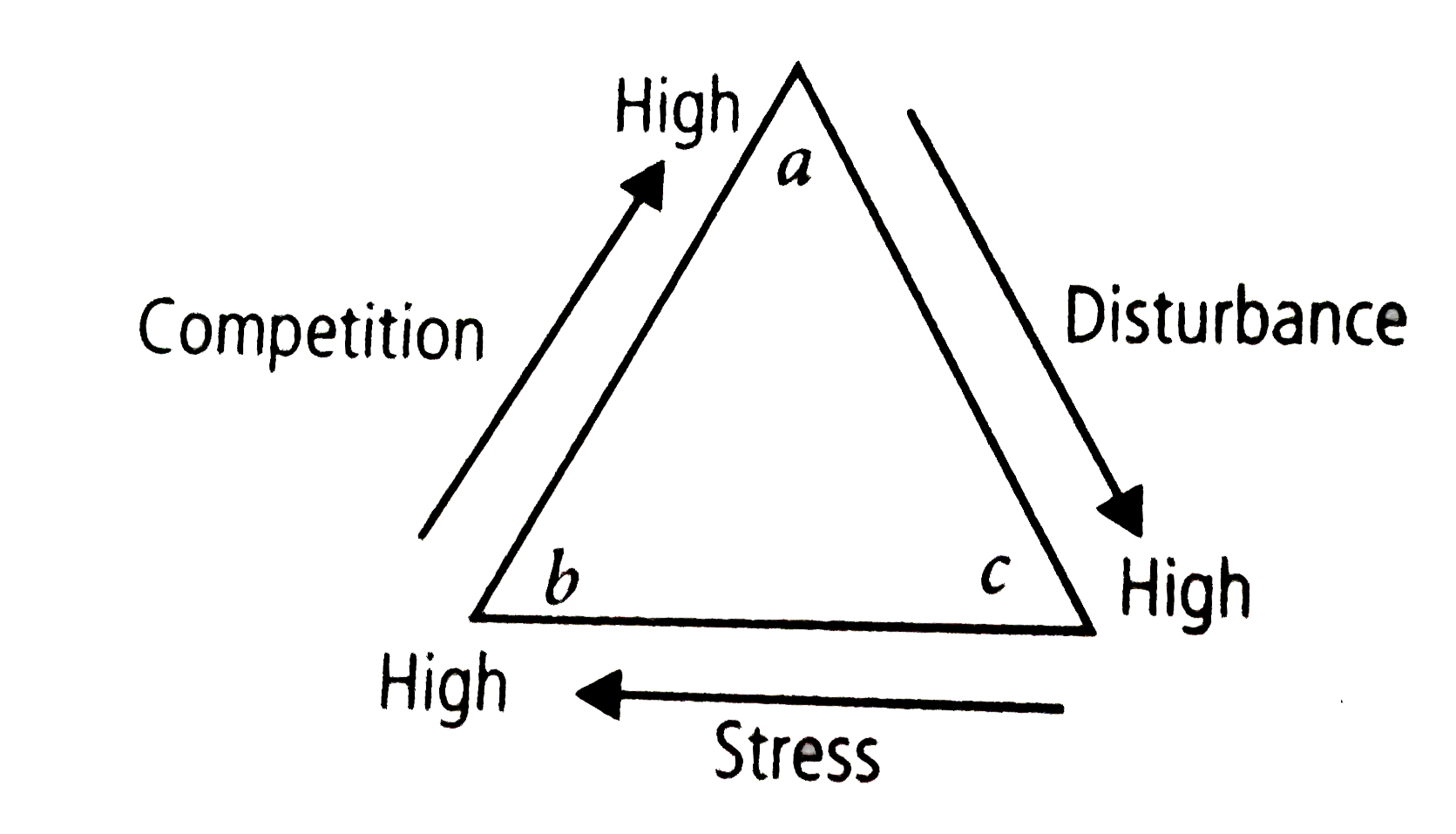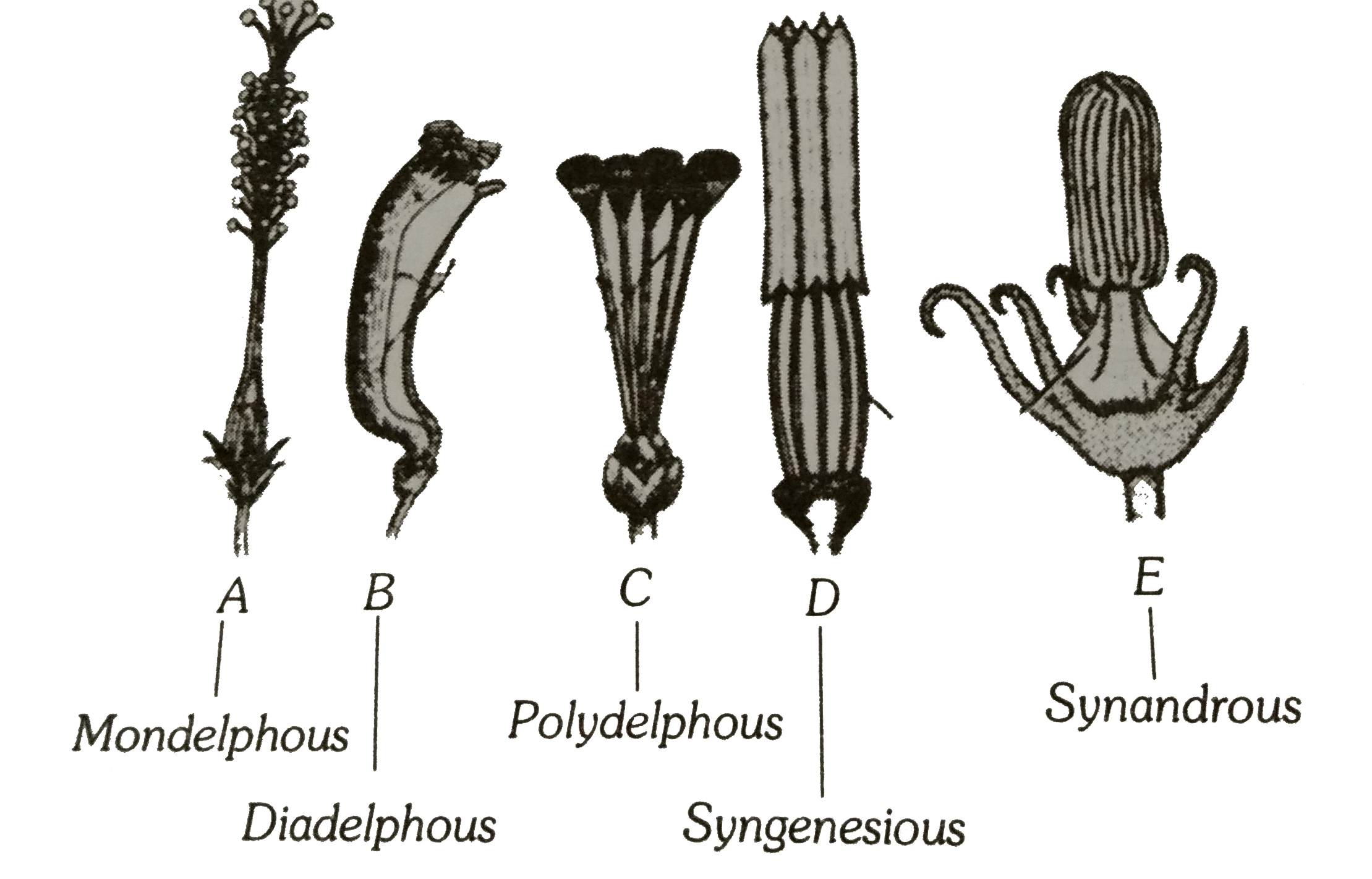Primary productivity varies in different types of ecosystems because it depends on-
A. The plant species inhabiting a particular area
B. On a variety of environmental factors
C. Availability of nutrients
D. Photosynthetic capacity of plants
Only A
Only B
A , B and C
All of the above
The correct Answer is:D
Step by step video, text & image solution for Primary productivity varies in different types of ecosystems because it depends on- A. The plant species inhabiting a particular area B. On a variety of environmental factors C. Availability of nutrients D. Photosynthetic capacity of plants by Biology experts to help you in doubts & scoring excellent marks in Class 12 exams.
Topper's Solved these Questions
Similar Questions
Select the correct combination of statements regarding the characteristics of productivity :
I. The rate of biomass production is called productivity and is expressed in terms of kcal m−2
II. Gross primary productivity is rate of production of biomass during photosynthesis
II. Gross primary productivity minus respiration loss is called net primary productivity
IV. Primary productivity depends only on the plant species inhabiting a particular area.
The correct statements areView SolutionWhich of the following factor decides the choice of shelter?
A. Geography of area
B Environmental condition
C. Availability of raw material
D. Economic status of personView Solution
Knowledge Check
- Question 1 - Select One
Primary productivity varies in different types of ecosystems because it depends on-
A. The plant species inhabiting a particular area
B. On a variety of environmental factors
C. Availability of nutrients
D. Photosynthetic capacity of plantsAB and C onlyBA + B onlyCA + B + CDOnly A - Question 2 - Select One
(A) : Primary productivity depends on the plant species inhabiting a particular area.
(R) : The annual net primary productivity of our biosphere is about 170 billion tons of organic matter.AIf both (A) and (R) are true but (R) is not the correct explanation of (A).BIf both (A) and (R) are true and (R) is the correct explanation of (A).CIf (A) is true but (R) is false.DIf both (A) and (R) are false. - Question 3 - Select One
Go through the following statements.
A. Primary productivity of all ecosystem is a constant.
B. The annual net primary productivity of the whole of the biosphere is 17 million tons (dry weight) of organic matter.
C. Net primary productivity is the amount of biomass available for consumption by carnivores.
D. . Secondary productivity is defined as the rate of formation of new organic matter by decomposers.
E. Primary productivity depends on the plant species inhabiting a particular area. Which of the above statements about productivity is true?AA and BBB and CCC and DDOnly E
Select the correct combination of statements regarding the characteristics of productivity :
I. The rate of biomass production is called productivity and is expressed in terms of kcal m−2
II. Gross primary productivity is rate of production of biomass during photosynthesis
II. Gross primary productivity minus respiration loss is called net primary productivity
IV. Primary productivity depends only on the plant species inhabiting a particular area.
The correct statements areView SolutionThe figure below depicts life-histroy strategies for three plant species (a,b and c) along 3 axes : strength of competition with other organisms, level of distrubance in the habitat, and level of environmental stress in the habitat. Species a grows in habitats where competition among species b grown in habitats with and stress are low. Species b grows in habitats with high environmental stress but with low interspecies competition. Species c grows in highly disturbed habitats with low enviornmental stress.
 Which of the statements below is/are correct ?
Which of the statements below is/are correct ?
I. Characteristics of "a-type" plants are faster growth rate and short-lived leaves.
II. Desert annual plants are "b-type" species. they have rapid growth and produce large amount of seeds in a short time after rains.
III. Most plants belonging to "c-type" species would be herbaceous while "a-type" and "b-types" species are likely to be trees or shrubs.View SolutionThe following diagrams A, B, C, D and E show the different types of arrangement of stamens based on the cohesion of their part in different plants. Assign the stamens to their respective plants. Choose the correct answer
 View Solution
View SolutionHow many statements/s are true ?
A. Temperature is the most relevant ecologically environmental factor. It ranges from subzero levels in polar areas and high altitudes to >50∘C in tropical deserts in summer.
B. A few organisms can tolerate and thrive in a wide range of temperature they are called eurythermal.
C. The productivity and distribution of plants are also heavily dependent on water .
D. In the aquatic environment , the sediment characteristics often determine the type of benthic animals that can thrive there.View SolutionThe impacts of loss of biodiversity include -
A. Decrease in.plant production.
B. Lowered resistance to environmental perturbation
C. Inereased variability in ecosystem processes like water use, pest / disease cycle, plants productivity.
D. NoneView Solution

